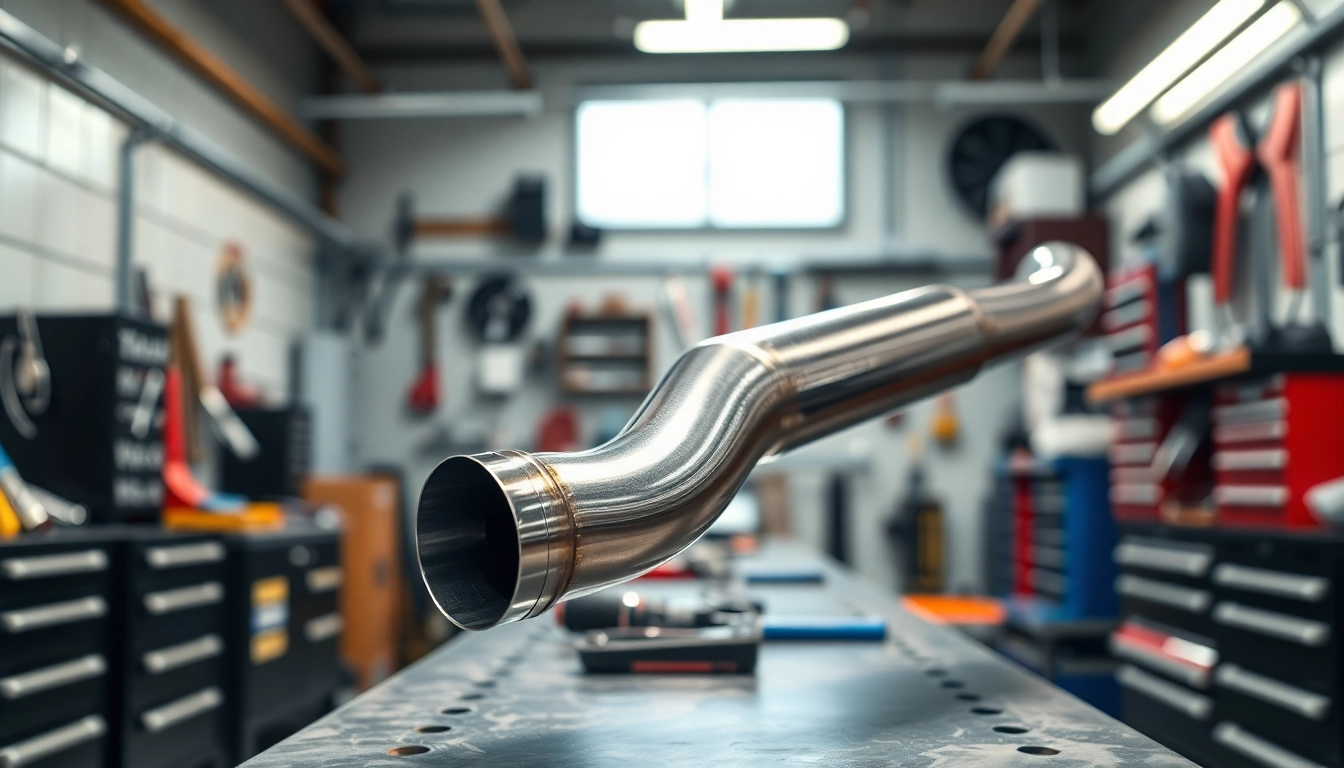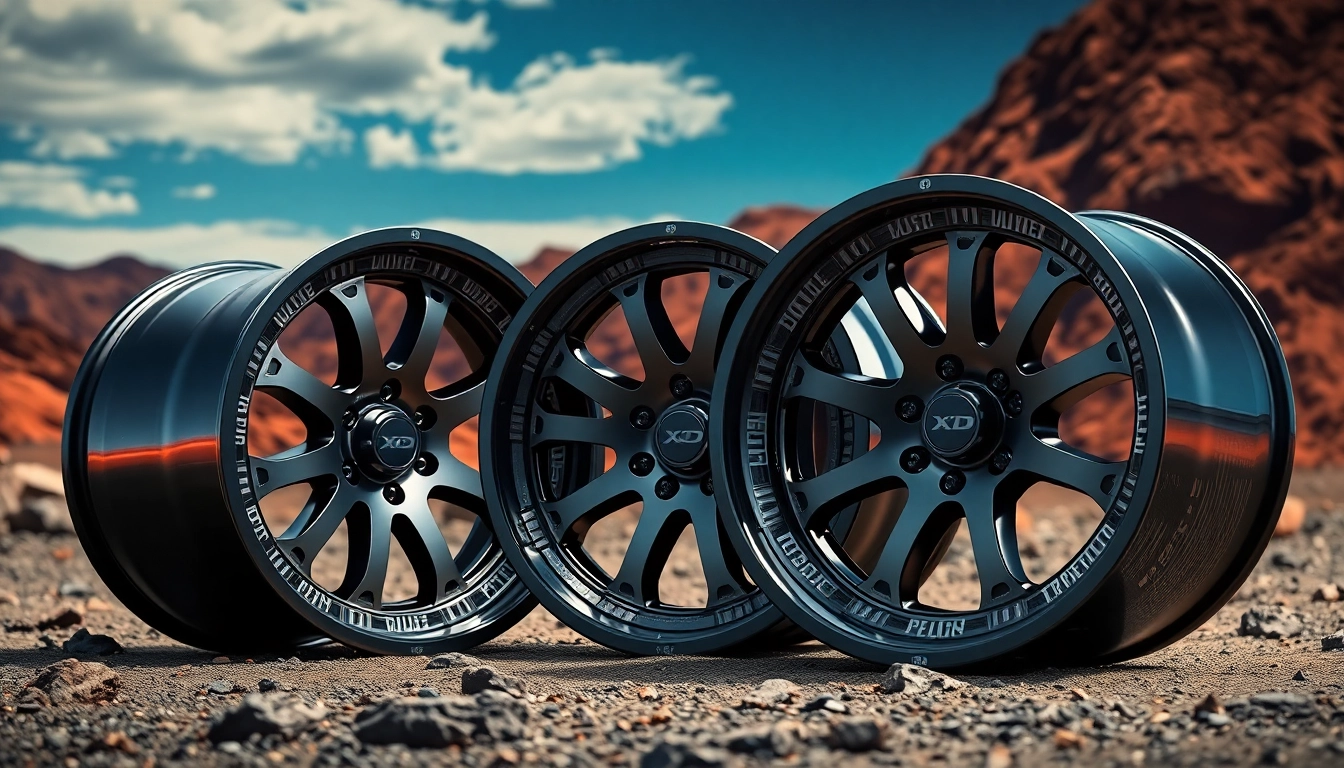Introduction to Single Midpipe
A single midpipe is an integral component of a vehicle’s exhaust system that connects the downpipes to the rear exhaust. This specific type of midpipe is designed to streamline exhaust flow, enhance engine performance, and modify the sound profile of the vehicle. Enthusiasts often consider upgrading to a single midpipe for various reasons, including improved power output, a sportier sound, and weight reduction. In this article, we will explore the nuances of single midpipes, their benefits, and provide insights on installation and maintenance, along with a detailed comparison to dual midpipes.
What is a Single Midpipe?
A single midpipe is generally a straight or slightly curved exhaust pipe that replaces the factory midpipe setup in a vehicle. It is characterized by its single exit point compared to dual midpipes, which maintain two separate paths for the exhaust gases. This design typically aims to provide better exhaust flow and can be configured for different performance levels depending on the vehicle make and model.
Benefits of Upgrading to a Single Midpipe
Upgrading to a single midpipe comes with several advantages:
- Enhanced Performance: A single midpipe can reduce backpressure, allowing exhaust gases to flow more freely. This improvement often translates to increased horsepower and torque.
- Improved Sound: Many enthusiasts appreciate the unique sound produced by a single midpipe, which tends to be deeper and more aggressive than the factory exhaust tone.
- Weight Reduction: The simpler design of a single midpipe often results in a lighter component, contributing to overall vehicle weight reduction.
- Cost-Effectiveness: Generally, a single midpipe can be more affordable than dual options, especially when considering exhaust systems with similar performance outcomes.
Understanding Single Midpipe Design
The design of a single midpipe plays a crucial role in its functionality. A well-engineered midpipe will typically include features such as:
- Mandrel-Bent Construction: This ensures smooth bends in the pipe, leading to minimal restriction in exhaust flow.
- High-Quality Materials: Single midpipes are often made from stainless steel, which resists corrosion and enhances longevity.
- Correct Diameter Sizing: The diameter of the pipe significantly impacts performance. A pipe that is too small may restrict flow, while one that is too large might hinder the scavenging effect crucial in performance engines.
Single Midpipe vs. Dual Midpipe
When it comes to exhaust systems, the choice between a single midpipe and dual midpipes is often debated among enthusiasts. Each configuration offers its distinct advantages and drawbacks.
Comparison on Performance Outcomes
Performance-wise, single midpipes can excel in applications where high flow rates are desired. They tend to be less complex, allowing for a more straightforward exhaust path, which can produce notable performance gains. In contrast, dual midpipes might provide an advantage in certain vehicles where the engine design benefits from separate exhaust paths to optimize backpressure.
Metrics such as horsepower and torque are commonly analyzed in comparative tests. Many users report experiencing a marked improvement in both with properly designed single midpipes, especially when paired with other performance modifications.
Sound Differences: Single Midpipe vs. Dual Midpipe
Sound is a subjective but crucial element for many vehicle enthusiasts. A single midpipe typically delivers a more pronounced exhaust note, often considered sportier and more aggressive compared to dual midpipes. This distinctive sound is attributed to the way exhaust gases exit the single outlet. The choice between these options often comes down to personal preference—some drivers enjoy the aggressive tone of a single midpipe, while others may prefer the more refined sound profile of a dual setup.
User Preferences and Recommendations
Feedback from the automotive community regarding single and dual midpipes varies widely, with many users expressing satisfaction with the enhanced sound and performance offered by single midpipes. Forums and discussion platforms frequently have users sharing their experiences, recommendations, and modifications associated with both setups. Ultimately, selections should be tailored to individual performance goals and aesthetic preferences.
Installation Considerations for Single Midpipe
Installing a single midpipe can be a rewarding endeavor for hands-on enthusiasts but does require proper tools and techniques. Here, we outline important considerations for a successful installation.
Tools and Materials Needed
To install a single midpipe, it is essential to gather the following tools and materials:
- Socket wrench set
- Jack and jack stands or ramps
- Pry bar or exhaust hanger removal tool
- Cut-off wheel or reciprocating saw (if modification of existing pipes is necessary)
- Anti-seize compound for bolts
- New gaskets (if applicable)
Step-by-Step Installation Guide
- Prepare the Vehicle: Safely lift the vehicle and secure it with jack stands or ramps.
- Remove Existing Midpipe: Unbolt the existing midpipe, taking care to support its weight and removing any hangers carefully.
- Compare Fitment: Compare your new single midpipe with the factory setup for any necessary modifications.
- Install New Midpipe: Position the new midpipe in place, ensuring proper alignment with the downpipes and rear exhaust.
- Tighten Connections: Secure the midpipe with bolts using the recommended torque setting from the manufacturer.
- Check for Leaks: Start the vehicle and check for exhaust leaks, making adjustments as necessary.
Common Installation Challenges
While installing a single midpipe may seem straightforward, users often encounter challenges such as:
- Rusty Bolts: Existing connection points may have rust or corrosion, potentially requiring additional effort to remove.
- Misalignment: Proper alignment during installation is critical. Misalignment can lead to leaks or vibrations.
- Exhaust Hanger Issues: Factory hangers may obstruct new setups, necessitating the use of new hangers or adjustments for fitment.
Performance Analysis of Single Midpipes
Understanding the performance characteristics of single midpipes is essential for any enthusiast looking to upgrade their exhaust system. Evaluating real-world performance impacts and feedback helps gauge their effectiveness.
Measuring Performance Gains
To measure the performance gains from a single midpipe upgrade, drivers often use dyno testing. This data reveals information on changes in horsepower and torque outputs, typically recorded before and after the upgrade. Users may also rely on their driving experiences and anecdotal evidence from other owners to extrapolate the benefits associated with the upgrade.
Real-World User Experience and Feedback
Community feedback often highlights positive experiences with single midpipes. Many users note a stronger engine response and improved acceleration following installation. Some forums discuss users switching from dual setups to single midpipes, often endorsing the benefits of sound and performance enhancements.
Comparative Analysis Across Different Vehicles
Each vehicle make and model exhibits different characteristics that can influence the performance of a single midpipe. For instance, performance cars with turbochargers may see more pronounced effects than non-turbo vehicles due to differing exhaust flow dynamics. Vehicle owners are encouraged to research specific compatibility and performance outcomes based on their cars.
Maintaining Your Single Midpipe
Maintenance is key to ensuring the longevity and performance of any exhaust system, including single midpipes. Simple practices can help maintain optimal functionality over time.
Best Practices for Long-lasting Performance
To ensure your single midpipe performs well over time, follow these best practices:
- Regular Inspections: Periodically check for any signs of damage or rust. Address issues before they become major problems.
- Properly Fasten Connections: Ensure all bolts and hangers are tight to prevent vibrations and movement that could lead to breakage.
- Protect Against Road Debris: Consider shield or undercarriage protection to prevent damage from road hazards.
Signs Your Single Midpipe Needs Attention
There are several indicators that a single midpipe may need servicing:
- Visible rust or corrosion on the pipe.
- Unusual noises, such as rattles or excessive vibrations.
- Notable drops in engine performance or noticeable loss of power.
- Failing emissions tests may indicate a problematic exhaust system.
Routine Check-Ups and Maintenance Tips
Considering the potential issues related to a single midpipe, implementing a routine maintenance schedule can be beneficial. Regular check-ups should include inspections for signs of wear, ensuring all components are secure, and cleaning any buildup of soot or debris from the exhaust. By implementing preventive measures, vehicle owners can extend the life and performance of their single midpipe system.



